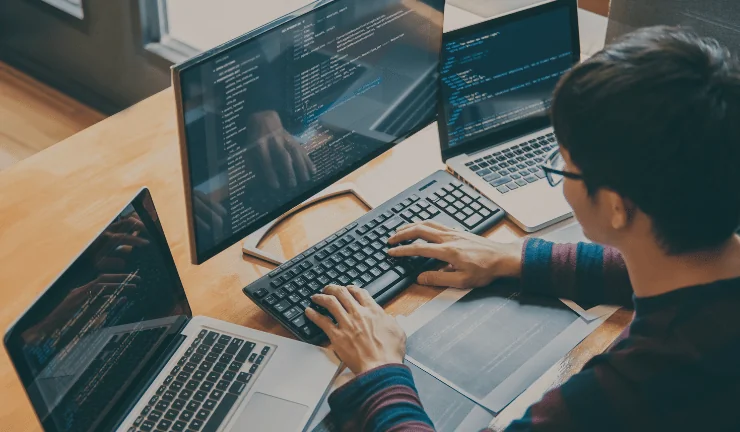In the ever-evolving world of software development, a new term has emerged and begun to gain serious traction: vibe coding. This concept, rooted in enhancing developer experience and emotional connection with tools, reflects a growing shift toward prioritizing user satisfaction, intuitive interfaces, and immersive environments. With the rise of vibe coding tools, development teams are no longer just focused on functionality—they’re designing experiences that align with how developers feel as they work.
As with any new trend in tech, there are both exciting possibilities and critical concerns. Let’s explore what vibe coding really means, the tools, risks, and trends shaping it, and what this means for the future of software development.
What Is Vibe Coding?
At its core, vibe coding refers to the use of development tools and environments that emphasize emotional resonance, visual feedback, and a seamless user experience. These tools are designed not only to be functional but to be aesthetically pleasing, enjoyable to use, and even inspirational. They’re meant to “vibe” with the developer’s personal workflow and preferences.
This trend is being fueled by the broader movement toward improving Developer Experience (DevEx). Just as user experience (UX) revolutionized product design, DevEx aims to optimize the tools and processes developers rely on daily. Vibe coding is one of the latest expressions of this philosophy—an emotional layer added to the development process.
Key Trends in Vibe Coding
As more teams explore this new approach to tool development, several trends are becoming clear:
- Emotional Design as a Priority
Developers now expect tools that feel good to use—not just tools that work. A pleasant UI, smooth animations, and feedback-driven interactions are key. - Real-Time Collaboration
Vibe coding tools are increasingly incorporating multiplayer modes, enabling developers to code together in real time—mirroring the collaborative spirit of design tools like Figma. - Customization and Personalization
Vibe-focused platforms allow developers to tailor their environments to suit their moods, preferences, or working style, reinforcing personal flow and productivity. - Gamification and Feedback Loops
Elements like achievement badges, task progress visuals, and instant code linting provide continuous feedback, making development feel more like a rewarding experience.
The Risks of Vibe Coding Tools
While the movement is full of promise, it’s not without its downsides. As the keyword “vibe coding tools risks trends” suggests, developers and teams should be aware of potential pitfalls:
- Distraction from Core Functionality
When aesthetics take precedence, tools may become less performant or omit essential features in favor of a polished UX. - Overreliance on Visuals
Developers may become dependent on visual cues, which could hinder adaptability in more traditional or lower-level environments. - Fragmentation of Tools
With so many niche vibe coding platforms emerging, teams might face integration and compatibility issues with broader toolchains. - Shallow Learning Curves
Tools optimized for ease of use might underprepare junior developers for real-world complexity in other environments.
What This Means for the Future of Software Development
The rise of vibe coding tools signals a major evolution in how we think about development environments. Just as consumer-facing products went through a UX revolution, so too are developer tools now undergoing a transformation centered on delight, emotional connection, and personal flow.
In the long term, this shift could help reduce burnout, improve team morale, and attract new talent—especially among younger developers who value experience as much as function. However, organizations must strike a balance between form and function, ensuring that these tools enhance rather than hinder productivity and maintain compatibility with industry standards.
Conclusion
Vibe coding is more than a buzzword—it’s a growing movement that reflects how developers want to work: efficiently, collaboratively, and enjoyably. As new vibe coding tools, risks, trends continue to emerge, teams and toolmakers alike must weigh innovation against practicality. The future of software development might just depend on how well we vibe with our tools.

